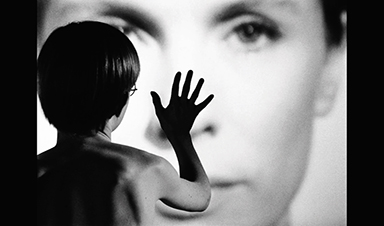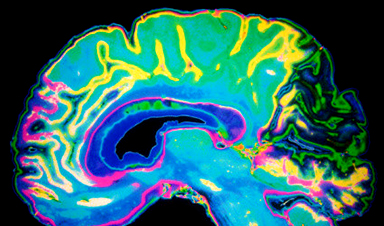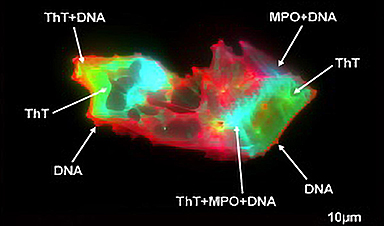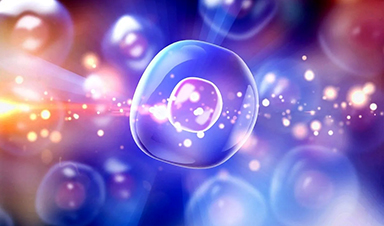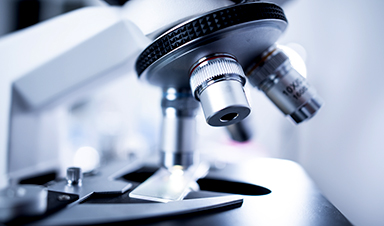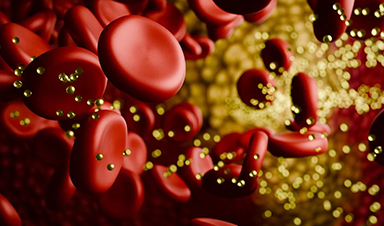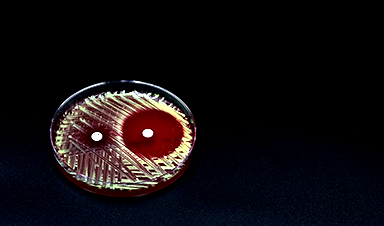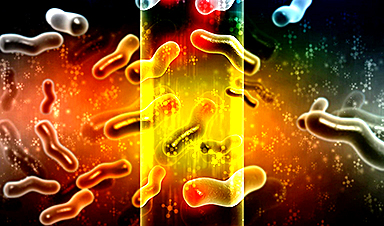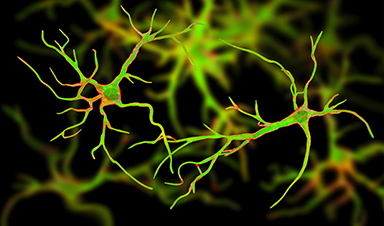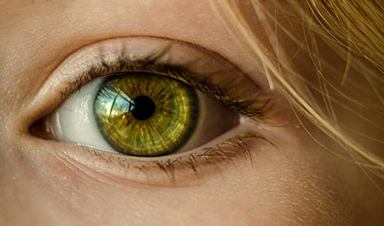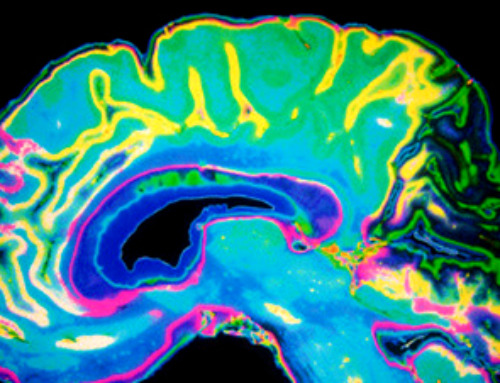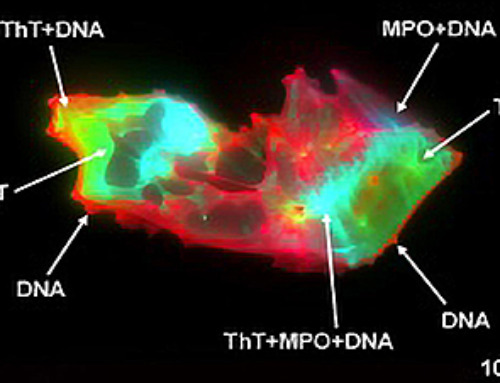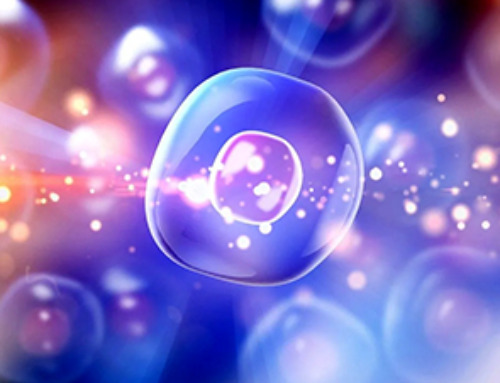From squabbling over who booked a disaster holiday to differing recollections of a glorious wedding, events from deep in the past can end up being misremembered. But now researchers say even recent memories may contain errors.
Scientists exploring our ability to recall shapes say people can make mistakes after just a few seconds – a phenomenon the team have called short-term memory illusions.
“Even at the shortest term, our memory might not be fully reliable,” said Dr Marte Otten, the first author of the research from the University of Amsterdam. “Particularly when we have strong expectations about how the world should be, when our memory starts fading a little bit – even after one and a half seconds, two seconds, three seconds – then we start filling in based on our expectations.”
While this had previously been put down to participants mis-seeing the shape, Otten and colleagues had doubts.
“We thought that they are more likely to be a memory effect. So you saw it correctly, but as soon as you commit it to memory stuff starts going wrong,” said Otten.
To investigate further, the researchers carried out four experiments.
In the first, participants were screened to ensure they were able to complete basic visual memory tasks before being presented with a circle of six or eight letters, one or two of which were mirror-image forms.
After a matter of seconds, participants were shown a second circle of letters which they were instructed to ignore – this acted as a distraction. They were then asked to select, from a series of options, a target shape that had been at particular location in the first circle, and rate their confidence in this choice.
The results from 23 participants who frequently reported high confidence in their answers revealed the most common mistake was selecting the mirrored form of the target shape. However, this occurred more often when the target shape itself was a mirrored letter. Indeed, participants stated they had seen a real letter in 37% of cases when they had been shown a mirrored letter, compared with 11% of cases for the reverse scenario.
The number of errors rose as the delay period, or level of distraction, in the experiment increased – but only where the target shape was a mirrored letter.
This, the researchers say, indicates the errors are down to mistakes not in how participants perceived the shapes but in their short-term memory, given the perception itself should not deteriorate over time.
They add that the high confidence with which participants reported their answers also rules out the possibility the results are simply down to participants guessing.
The findings were confirmed by results from three similar experiments involving a total of 348 participants.
The team say they are now hoping to investigate whether similar effects hold in real-world situations, and for other types of recollection.
Indeed, Otten noted that details of speech were rapidly replaced by a general meaning of the sentence.
“The bigger effects when it comes to social expectations might be intonation, [for example] ‘oh, she said that in a really angry and upset voice,’ right? Whereas maybe the intonation wasn’t that, but it’s just coloured quickly in your memory based on your assumptions about how women are,” she said.
News
Gold Nanoclusters Could Supercharge Quantum Computers
Researchers found that gold “super atoms” can behave like the atoms in top-tier quantum systems—only far easier to scale. These tiny clusters can be customized at the molecular level, offering a powerful, tunable foundation [...]
A single shot of HPV vaccine may be enough to fight cervical cancer, study finds
WASHINGTON -- A single HPV vaccination appears just as effective as two doses at preventing the viral infection that causes cervical cancer, researchers reported Wednesday. HPV, or human papillomavirus, is very common and spread [...]
New technique overcomes technological barrier in 3D brain imaging
Scientists at the Swiss Light Source SLS have succeeded in mapping a piece of brain tissue in 3D at unprecedented resolution using X-rays, non-destructively. The breakthrough overcomes a long-standing technological barrier that had limited [...]
Scientists Uncover Hidden Blood Pattern in Long COVID
Researchers found persistent microclot and NET structures in Long COVID blood that may explain long-lasting symptoms. Researchers examining Long COVID have identified a structural connection between circulating microclots and neutrophil extracellular traps (NETs). The [...]
This Cellular Trick Helps Cancer Spread, but Could Also Stop It
Groups of normal cbiells can sense far into their surroundings, helping explain cancer cell migration. Understanding this ability could lead to new ways to limit tumor spread. The tale of the princess and the [...]
New mRNA therapy targets drug-resistant pneumonia
Bacteria that multiply on surfaces are a major headache in health care when they gain a foothold on, for example, implants or in catheters. Researchers at Chalmers University of Technology in Sweden have found [...]
Current Heart Health Guidelines Are Failing To Catch a Deadly Genetic Killer
New research reveals that standard screening misses most people with a common inherited cholesterol disorder. A Mayo Clinic study reports that current genetic screening guidelines overlook most people who have familial hypercholesterolemia, an inherited disorder that [...]
Scientists Identify the Evolutionary “Purpose” of Consciousness
Summary: Researchers at Ruhr University Bochum explore why consciousness evolved and why different species developed it in distinct ways. By comparing humans with birds, they show that complex awareness may arise through different neural architectures yet [...]
Novel mRNA therapy curbs antibiotic-resistant infections in preclinical lung models
Researchers at the Icahn School of Medicine at Mount Sinai and collaborators have reported early success with a novel mRNA-based therapy designed to combat antibiotic-resistant bacteria. The findings, published in Nature Biotechnology, show that in [...]
New skin-permeable polymer delivers insulin without needles
A breakthrough zwitterionic polymer slips through the skin’s toughest barriers, carrying insulin deep into tissue and normalizing blood sugar, offering patients a painless alternative to daily injections. A recent study published in the journal Nature examines [...]
Multifunctional Nanogels: A Breakthrough in Antibacterial Strategies
Antibiotic resistance is a growing concern - from human health to crop survival. A new study successfully uses nanogels to target and almost entirely inhibit the bacteria P. Aeruginosa. Recently published in Angewandte Chemie, the study [...]
Nanoflowers rejuvenate old and damaged human cells by replacing their mitochondria
Biomedical researchers at Texas A&M University may have discovered a way to stop or even reverse the decline of cellular energy production—a finding that could have revolutionary effects across medicine. Dr. Akhilesh K. Gaharwar [...]
The Stunning New Push to Protect the Invisible 99% of Life
Scientists worldwide have joined forces to build the first-ever roadmap for conserving Earth’s vast invisible majority—microbes. Their new IUCN Specialist Group reframes conservation by elevating microbial life to the same urgency as plants and [...]
Scientists Find a Way to Help the Brain Clear Alzheimer’s Plaques Naturally
Scientists have discovered that the brain may have a built-in way to fight Alzheimer’s. By activating a protein called Sox9, researchers were able to switch on star-shaped brain cells known as astrocytes and turn them into [...]
Vision can be rebooted in adults with amblyopia, study suggests
Temporarily anesthetizing the retina briefly reverts the activity of the visual system to that observed in early development and enables growth of responses to the amblyopic eye, new research shows. In the common vision [...]
Ultrasound-activated Nanoparticles Kill Liver Cancer and Activate Immune System
A new ultrasound-guided nanotherapy wipes out liver tumors while training the immune system to keep them from coming back. The study, published in Nano Today, introduces a biodegradable nanoparticle system that combines sonodynamic therapy and cell [...]
